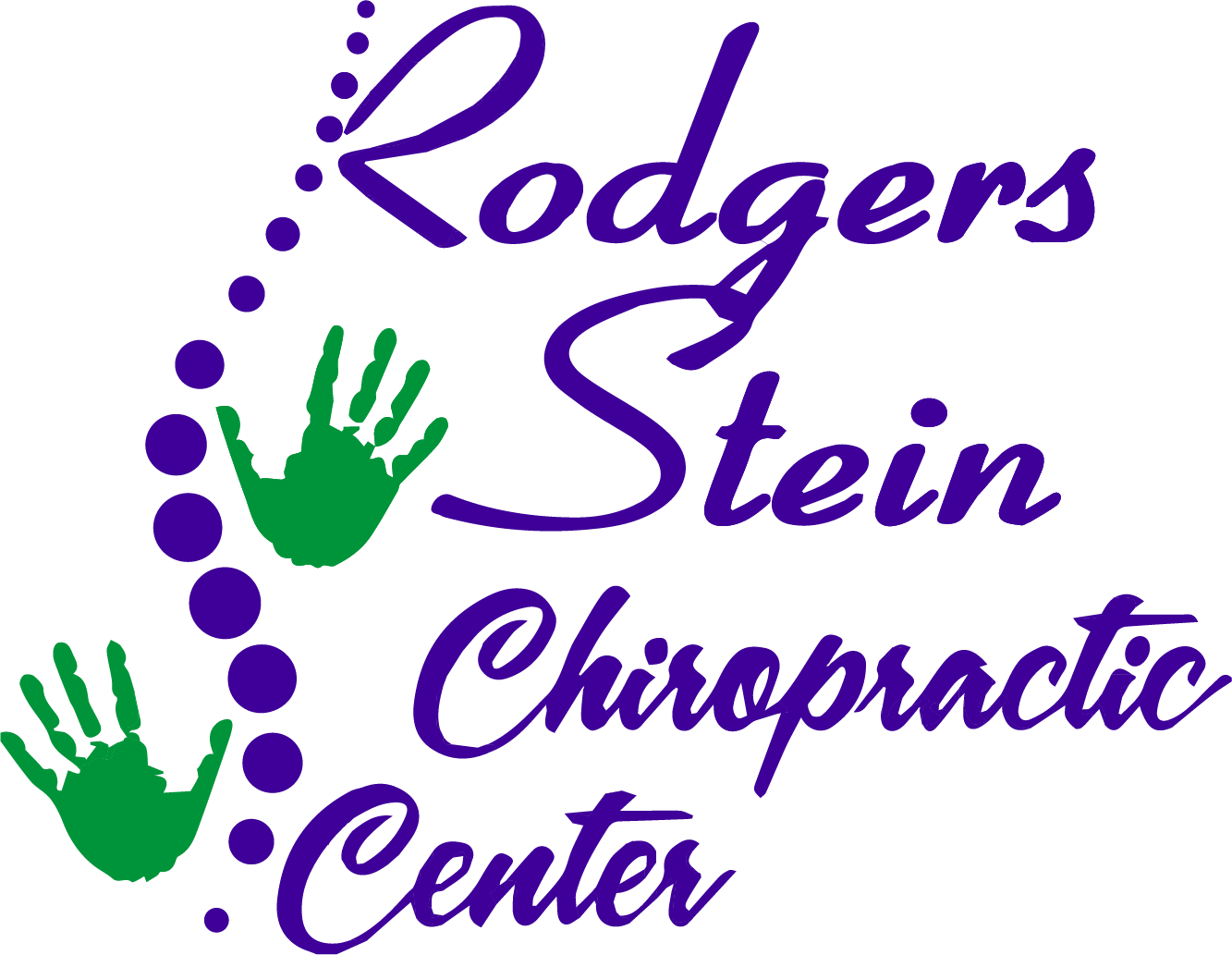When you're spending long hours at your desk, maintaining good posture can be a challenge, but it's essential for your overall well-being. You might not realize how small adjustments, like chair height and monitor positioning, can make a significant difference. By taking a closer look at your workspace setup and incorporating some ergonomic practices, you can enhance comfort and productivity. Curious about how to implement these changes effectively? Let's explore some practical tips that can lead to a noticeable improvement in your daily routine.
Adjust Your Chair Height
One simple adjustment can greatly improve your desk job comfort: chair height. When your chair's height is set correctly, it can enhance your posture and reduce strain on your body. To find the ideal height, start by sitting all the way back in your chair. Your feet should rest flat on the floor, with your knees bent at a 90-degree angle. If your feet dangle, it's time to raise your chair. Conversely, if your knees are higher than your hips, lower the chair instead.
After adjusting the height, pay attention to how your back feels. Your lower back should be supported, promoting a natural curve. If your chair lacks lumbar support, consider adding a cushion or purchasing an ergonomic chair that includes this feature. Remember, a well-supported back can help prevent discomfort and fatigue throughout your workday.
Also, be mindful of your arms. When your chair is at the right height, your elbows should rest comfortably at your sides, forming another 90-degree angle as your hands reach for the keyboard. This position helps avoid strain on your shoulders and wrists, making it easier to concentrate on your tasks.
Finally, don't forget to check your chair's stability. A stable chair allows you to shift your weight without fear of tipping over, ensuring you remain comfortable and focused.
Position Your Monitor Correctly
After you've adjusted your chair, it's time to focus on your monitor's position. A well-placed monitor can notably reduce strain on your neck and eyes, making your workday more comfortable.
Here are three key aspects to reflect on when positioning your monitor:
- Eye Level: Your monitor's top edge should be at or slightly below eye level. This way, you won't have to tilt your head up or down, which can lead to discomfort over time.
- Distance: Keep your monitor at least an arm's length away from your eyes. This distance helps prevent eye strain and allows you to focus comfortably on the screen. If you have a larger monitor, you might want to increase the distance slightly.
- Angle: Tilt your monitor slightly backward, about 10 to 20 degrees. This angle reduces glare from overhead lights and helps maintain a natural line of sight, which can alleviate neck and shoulder tension.
Use Ergonomic Accessories
To enhance your comfort and support during long hours at your desk, incorporating ergonomic accessories is essential. These tools can markedly improve your posture and reduce strain on your body.
Start with an ergonomic chair that offers adequate lumbar support. Look for one that encourages a natural curve in your spine and allows you to adjust the height and recline according to your needs.
Next, consider a supportive footrest. If your feet don't rest flat on the ground, a footrest can help maintain proper alignment, reducing pressure on your lower back. It's a small addition that can make a big difference in your comfort level.
Another important accessory is an ergonomic mouse. A well-designed mouse fits your hand comfortably, preventing wrist strain and allowing for smoother movements. Pair it with a wrist rest to provide additional support during lengthy tasks.
Don't overlook the benefits of a keyboard wrist pad. It can help keep your wrists aligned and minimize fatigue while typing.
Also, a document holder can elevate papers to eye level, reducing neck strain from looking down.
Lastly, consider using a standing desk converter. Alternating between sitting and standing can help alleviate discomfort and promote better circulation.
Maintain Proper Keyboard Placement
Maintaining proper keyboard placement is essential for preventing strain and ensuring comfort while you work. When your keyboard is positioned correctly, it can greatly enhance your typing efficiency and reduce the risk of discomfort.
Here are three key tips to help you achieve ideal keyboard placement:
- Height: Your keyboard should be at elbow height. When you sit at your desk, your elbows should form a 90-degree angle or slightly obtuse, keeping your forearms parallel to the ground. This position helps avoid shoulder and wrist strain.
- Distance: Position your keyboard about 4 to 6 inches away from the edge of your desk. This distance allows you to rest your wrists comfortably on the desk surface while typing. It also promotes better posture by encouraging you to sit back in your chair rather than leaning forward.
- Angle: Your keyboard should be flat or slightly tilted away from you. This angle helps keep your wrists in a neutral position, minimizing the risk of repetitive strain injuries. If your keyboard has adjustable legs, consider experimenting with different angles to find what feels most comfortable for you.
Take Regular Breaks
Even with perfect keyboard placement, sitting for long periods can still lead to discomfort and fatigue. That's why it's vital to take regular breaks throughout your workday. Not only does stepping away from your desk prevent stiffness, but it also boosts your productivity and mental clarity.
Set a timer to remind yourself to get up every hour. Use these breaks to stretch, walk around, or even do a quick exercise. Just a couple of minutes of movement can increase blood flow, relieve tension, and refresh your focus. Don't underestimate the power of a simple walk to the water cooler or a few stretches by your desk.
When you take a break, try to step away from your screens. Give your eyes a rest by looking away from your computer and focusing on something distant. The 20-20-20 rule is helpful here: every 20 minutes, look at something 20 feet away for at least 20 seconds. This practice can help reduce digital eye strain.
Incorporating regular breaks into your routine isn't just about comfort; it's about maintaining your overall health. Prolonged sitting has been linked to various health issues, including obesity and cardiovascular disease.
Conclusion
By following these five tips, you can greatly improve your posture at your desk job. Adjust your chair height, position your monitor correctly, and invest in ergonomic accessories to support your body. Make sure your keyboard is placed comfortably, and don't forget to take regular breaks to stretch and recharge. With these simple changes, you'll feel more comfortable and focused, helping you stay productive throughout your workday. Your body will thank you!



